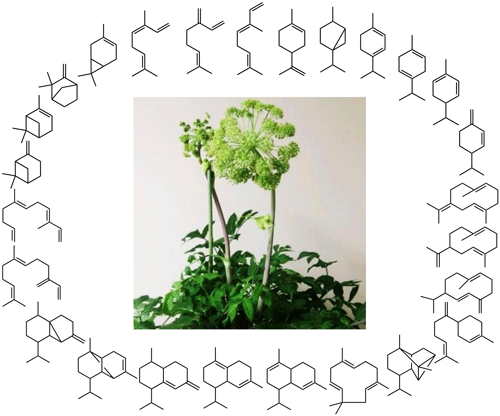- 著者
- Wataru Yazaki Tomohisa Shimasaki Yuichi Aoki Sachiko Masuda Arisa Shibata Wataru Suda Ken Shirasu Kazufumi Yazaki Akifumi Sugiyama
- 出版者
- Japanese Society of Microbial Ecology / Japanese Society of Soil Microbiology / Taiwan Society of Microbial Ecology / Japanese Society of Plant Microbe Interactions / Japanese Society for Extremophiles
- 雑誌
- Microbes and Environments (ISSN:13426311)
- 巻号頁・発行日
- vol.36, no.3, pp.ME21004, 2021 (Released:2021-07-06)
- 参考文献数
- 38
- 被引用文献数
- 3
Nitrogen deficiency affects soybean growth and physiology, such as symbiosis with rhizobia; however, its effects on the bacterial composition of the soybean root microbiota remain unclear. A bacterial community analysis by 16S rRNA gene amplicon sequencing showed nitrogen deficiency-induced bacterial community shifts in soybean roots with the marked enrichment of Methylobacteriaceae. The abundance of Methylobacteriaceae was low in the roots of field-grown soybean without symptoms of nitrogen deficiency. Although Methylobacteriaceae isolated from soybean roots under nitrogen deficiency did not promote growth or nodulation when inoculated into soybean roots, these results indicate that the enrichment of Methylobacteriaceae in soybean roots is triggered by nitrogen-deficiency stress.
- 著者
- Miki Suenaga-Hiromori Daisuke Mogi Yohei Kikuchi Jiali Tong Naotsugu Kurisu Yuichi Aoki Hiroyuki Amano Masahiro Furutani Takefumi Shimoyama Toshiyuki Waki Toru Nakayama Seiji Takahashi
- 出版者
- Japanese Society for Plant Biotechnology
- 雑誌
- Plant Biotechnology (ISSN:13424580)
- 巻号頁・発行日
- vol.39, no.4, pp.391-404, 2022-12-25 (Released:2022-12-25)
- 参考文献数
- 33
- 被引用文献数
- 1
Angelica archangelica L. is a traditional medicinal plant of Nordic origin that produces an unusual amount and variety of terpenoids. The unique terpenoid composition of A. archangelica likely arises from the involvement of terpene synthases (TPSs) with different specificities, none of which has been identified. As the first step in identifying TPSs responsible for terpenoid chemodiversity in A. archangelica, we produced a transcriptome catalogue using the mRNAs extracted from the leaves, tap roots, and dry seeds of the plant; 11 putative TPS genes were identified (AaTPS1–AaTPS11). Phylogenetic analysis predicted that AaTPS1–AaTPS5, AaTPS6–AaTPS10, and AaTPS11 belong to the monoterpene synthase (monoTPS), sesquiterpene synthase (sesquiTPS), and diterpene synthase clusters, respectively. We then performed in vivo enzyme assays of the AaTPSs using recombinant Escherichia coli systems to examine their enzymatic activities and specificities. Nine recombinant enzymes (AaTPS2–AaTPS10) displayed TPS activities with specificities consistent with their phylogenetics; however, AaTPS5 exhibited a strong sesquiTPS activity along with a weak monoTPS activity. We also analyzed terpenoid volatiles in the flowers, immature and mature seeds, leaves, and tap roots of A. archangelica using gas chromatography-mass spectrometry; 14 monoterpenoids and 13 sesquiterpenoids were identified. The mature seeds accumulated the highest levels of monoterpenoids, with β-phellandrene being the most prominent. α-Pinene and β-myrcene were abundant in all organs examined. The in vivo assay results suggest that the AaTPSs functionally identified in this study are at least partly involved in the chemodiversity of terpenoid volatiles in A. archangelica.
